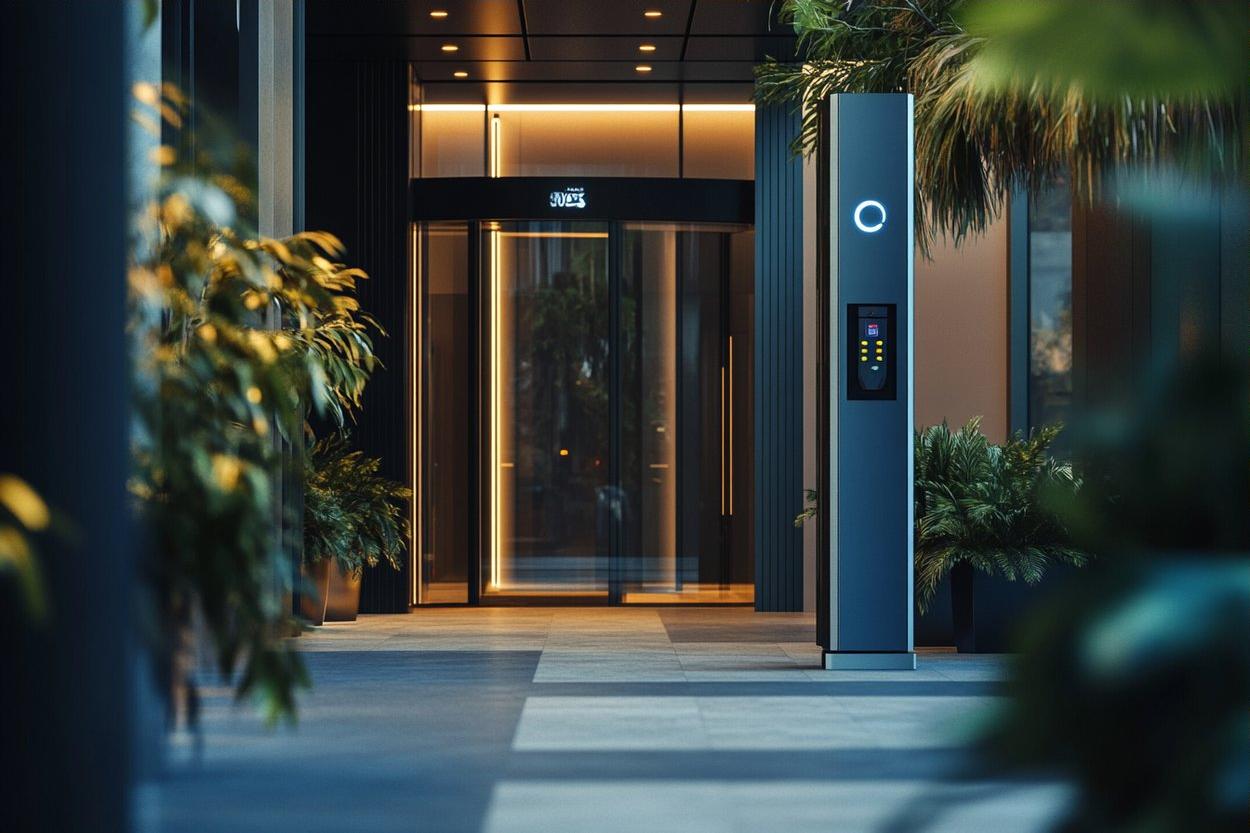Neuroarchitecture: Designing Spaces for Mental Well-being
What if the buildings we inhabit could actively boost our mood, reduce stress, and enhance cognitive function? Welcome to the fascinating world of neuroarchitecture, where neuroscience meets design to create spaces that nurture our minds and bodies. Neuroarchitecture is an emerging field that blends neuroscience, psychology, and architecture to create environments that positively impact human health, behavior, and well-being. This innovative approach considers how our surroundings affect our brain and nervous system, aiming to design spaces that enhance cognitive function, reduce stress, and promote overall mental health.

The field gained momentum as advancements in brain imaging technologies allowed researchers to study the brain’s response to different environments in real-time. This led to a deeper understanding of how spatial elements like light, color, and layout impact our cognitive processes, emotions, and overall well-being.
Key Principles of Neuroarchitecture
Neuroarchitecture is guided by several core principles that inform design decisions:
-
Biophilic Design: Incorporating natural elements and patterns into built environments to reduce stress and improve cognitive function.
-
Sensory Stimulation: Carefully balancing sensory inputs to create spaces that are engaging without being overwhelming.
-
Spatial Navigation: Designing layouts that are intuitive and easy to navigate, reducing cognitive load and anxiety.
-
Lighting: Optimizing natural and artificial light to support circadian rhythms and enhance mood and productivity.
-
Acoustics: Managing sound levels and quality to promote focus, relaxation, or social interaction as needed.
The Science Behind Neuroarchitecture
Numerous studies have demonstrated the profound impact of our environment on brain function and mental health. For instance, research has shown that exposure to nature or nature-inspired designs can lower cortisol levels, reduce symptoms of anxiety and depression, and improve cognitive performance.
A study published in the Journal of Environmental Psychology found that workers in offices with natural elements reported 15% higher levels of well-being and were 6% more productive compared to those in conventional offices. Another study in the International Journal of Environmental Research and Public Health revealed that hospital patients with views of nature had shorter postoperative stays and required less pain medication than those without such views.
Applications in Various Settings
Neuroarchitecture principles are being applied across a wide range of environments:
-
Healthcare: Hospitals and clinics are incorporating healing gardens, natural light, and calming color schemes to reduce patient stress and promote faster recovery.
-
Workplaces: Companies are redesigning offices to include biophilic elements, flexible spaces, and optimal lighting to boost employee well-being and productivity.
-
Educational Institutions: Schools are creating learning environments that enhance cognitive function and reduce stress through elements like natural light, good acoustics, and intuitive navigation.
-
Residential Spaces: Home designs are incorporating principles of neuroarchitecture to create more restorative and stress-reducing living environments.
-
Urban Planning: Cities are integrating green spaces, pedestrian-friendly layouts, and sensory-rich environments to improve residents’ mental health and social cohesion.
Challenges and Future Directions
While neuroarchitecture holds great promise, it also faces several challenges. One of the main hurdles is the need for more long-term studies to validate the long-term effects of neuroarchitectural interventions. Additionally, there’s a need for standardized guidelines and metrics to assess the effectiveness of neuroarchitectural designs.
The field is also grappling with questions of inclusivity and cultural sensitivity. What might be a stress-reducing environment for one group could potentially be stressful for another due to cultural differences or individual neurodiversity.
Looking ahead, the integration of technology with neuroarchitecture presents exciting possibilities. Smart buildings that can adapt in real-time to occupants’ physiological states, virtual reality tools for testing design impacts before construction, and the use of AI to optimize spatial layouts are just a few areas of ongoing research and development.
Neuroscience-Inspired Design Tips for Your Space
-
Maximize natural light exposure in your living and working areas
-
Incorporate plants or nature-inspired artwork to reduce stress
-
Use calming colors like blues and greens in relaxation spaces
-
Create dedicated quiet zones for focused work or meditation
-
Ensure good ventilation and air quality to support cognitive function
-
Incorporate curved lines and organic shapes in your decor to reduce stress
-
Use adjustable lighting to support your circadian rhythm throughout the day
As we continue to unravel the intricate relationship between our brains and our built environment, neuroarchitecture stands at the forefront of a paradigm shift in how we approach design. By creating spaces that work in harmony with our neurological processes, we have the potential to significantly enhance our mental well-being, productivity, and overall quality of life. The buildings of the future may not just be places we inhabit, but active partners in our health and happiness.





